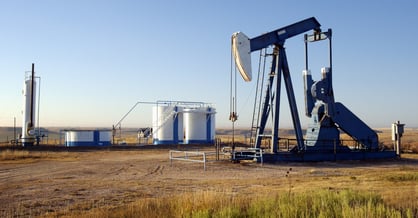Nitric Oxide (NO) Gas Detectors
Nitric oxide (NO) is a non-flammable, toxic, oxidizing gas with a sweet, sharp odor. Nitric oxide may be released by the action of nitric acid on metals—such as in metal etching and pickling—and is a by-product of the combustion of substances in fossil fuel plants.
It can be produced by the oxidation of nitrogenous materials, and is used in the synthesis of nitric acid, as a decomposition agent in certain gaseous products, and in semiconductor manufacturing.
Nitric oxide is converted to nitrogen dioxide spontaneously in air, meaning some nitrogen dioxide is likely to be present when nitric oxide is detected.
.webp?width=2000&height=1340&name=Readings%20(1).webp)
Characteristics of Nitric Oxide
Nitric oxide (NO) is colorless, poisonous gas. Nitric oxide fumes may be encountered whenever nitric acid comes in contact with organic material such as wood, sawdust, or refuse. It can also result from heating nitric acid and when organic nitro compounds are burned, for example, dynamite. The action of nitric acid upon metals, as in metal etching and pickling, also releases this dangerous compound. In high-temperature welding (oxyacetylene or electric torch), the nitrogen and oxygen in the air combine to form oxides of nitrogen.
Nitric oxide is somewhat soluble in water and when inhaled will react to form nitric acid. This causes slight irritation to mucous membranes of the upper respiratory tract. Continued exposure to high concentrations of nitric oxide can cause pulmonary edema and death.
More about Nitric Oxide


NITRIC OXIDE - NO
Effects of Various NO Levels
How to Detect Nitric Oxide
With the ability to accurately detect up to six gases, Industrial Scientific’s MX6 iBrid® portable multi-gas detector is the ideal gas detector for nitric oxide and nitrogen dioxide gas detection. The RadiusBZ1 Area Monitor is best for nitric oxide detection across a site.


